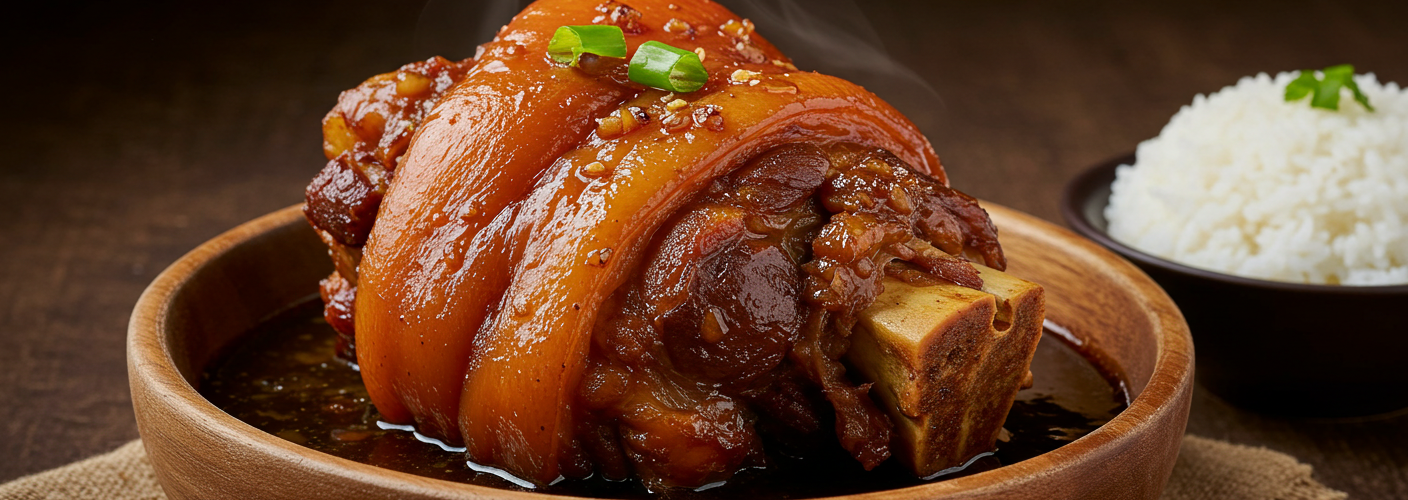If you’re a food enthusiast or someone who enjoys exploring diverse culinary traditions, then pata, or braised pork hock, is a dish that deserves a spot on your list. This beloved dish, particularly popular in Filipino and Spanish cuisines, captivates with its rich flavors and tender texture, making it a staple at gatherings, celebrations, and special occasions.
What is Pata?
Pata is primarily made from the hock of a pig, which includes the front leg or the knuckle of the hind leg. The dish is characterized by its slow and meticulous cooking process that allows the tough meat to break down, becoming tender and flavorful. Although it may sound simple, the process involves a combination of marinating, boiling, and braising, which enhances the natural flavors of the pork while infusing it with the aromatic spices and sauces used in the cooking process.
The Cooking Process
To create the perfect pata, start with high-quality pork hocks, ideally with ample skin and fat that contribute to the dish’s lusciousness. The journey typically begins with marinating the pork in the mixture of soy sauce, vinegar, garlic, and spices for several hours or overnight, allowing the meat to absorb the flavors deeply.
After marination, the pork hock is first boiled. This step is crucial as it helps to tenderize the meat and remove impurities. Once boiled, the hock is then braised in a flavorful sauce made from a blend of soy sauce, sugar, bay leaves, and sometimes even a hint of pineapple juice for a sweet undertone. The low and slow braising over a gentle heat helps to achieve the melt-in-your-mouth texture that pata is renowned for.
Serving Suggestions
Traditionally, pata is served with a side of steamed white rice or fried rice to soak up its delicious sauce. Some variations also feature a side of pickled vegetables or a dipping sauce made of vinegar mixed with chopped onions and chili for an added zing. The contrast between the savory meat and the tangy dip elevates the dish, making every bite a delightful experience.
Pata can also be paired with other Filipino favorites, such as lumpiang shanghai (spring rolls) or lechon (roast pig). Whether you’re indulging in a family feast or a festive celebration, pata is sure to be the star of the table.
Why You Should Try Pata
If you haven’t yet tasted pata, you’re missing out on a unique combination of flavors and textures. The fall-off-the-bone tenderness of the pork coupled with its rich, savory sauce is an experience that promises to satisfy cravings for umami. Additionally, its communal nature – often enjoyed with family and friends – embodies the spirit of togetherness that defines many culinary traditions.
Conclusion
In conclusion, pata is more than just a dish; it’s a gastronomical journey that showcases the beauty of slow-cooked meats. Its origins are steeped in cultural significance, reflecting the flavors and traditions of Filipino and Spanish cuisine. Whether you’re a novice cook or an experienced chef, making pata can be a rewarding endeavor that brings joy and warmth to any dining experience. So, gather your ingredients, embrace the slow cooking process, and get ready to savor a plate of delicious braised pork hock that will leave you craving more. Enjoy!




Add comment